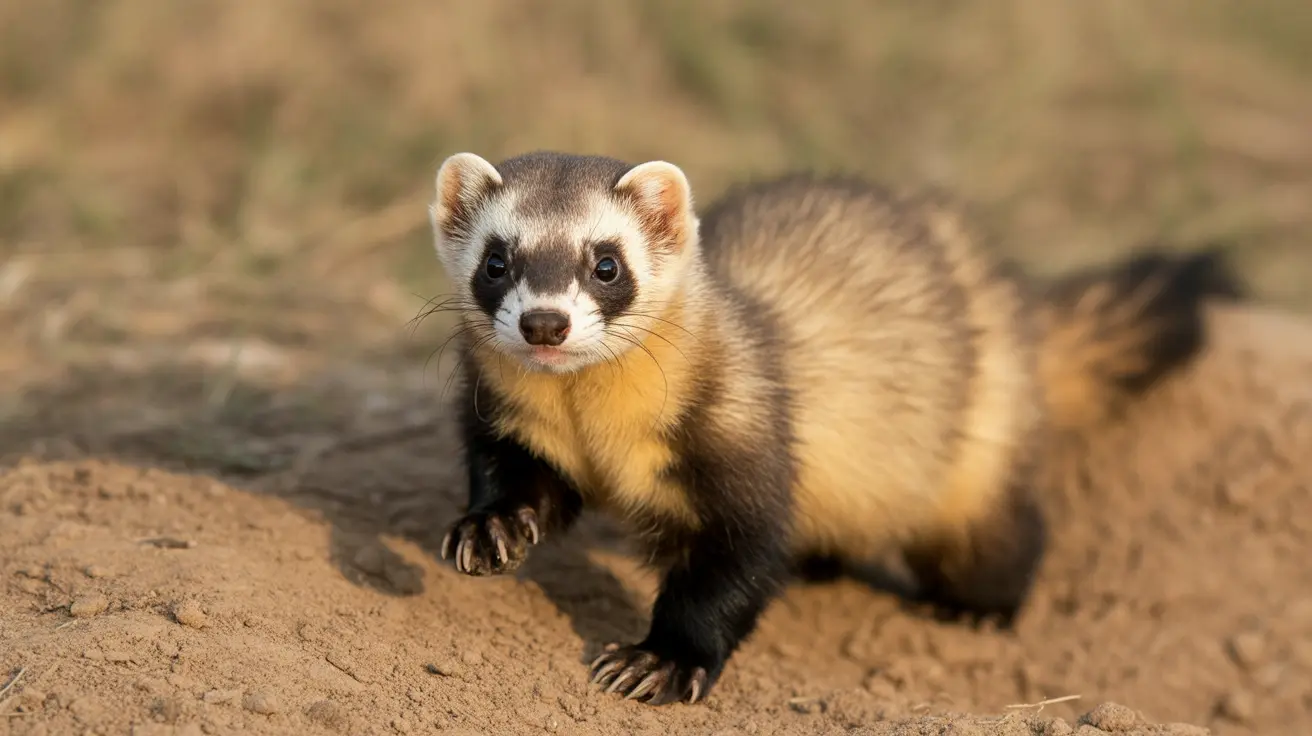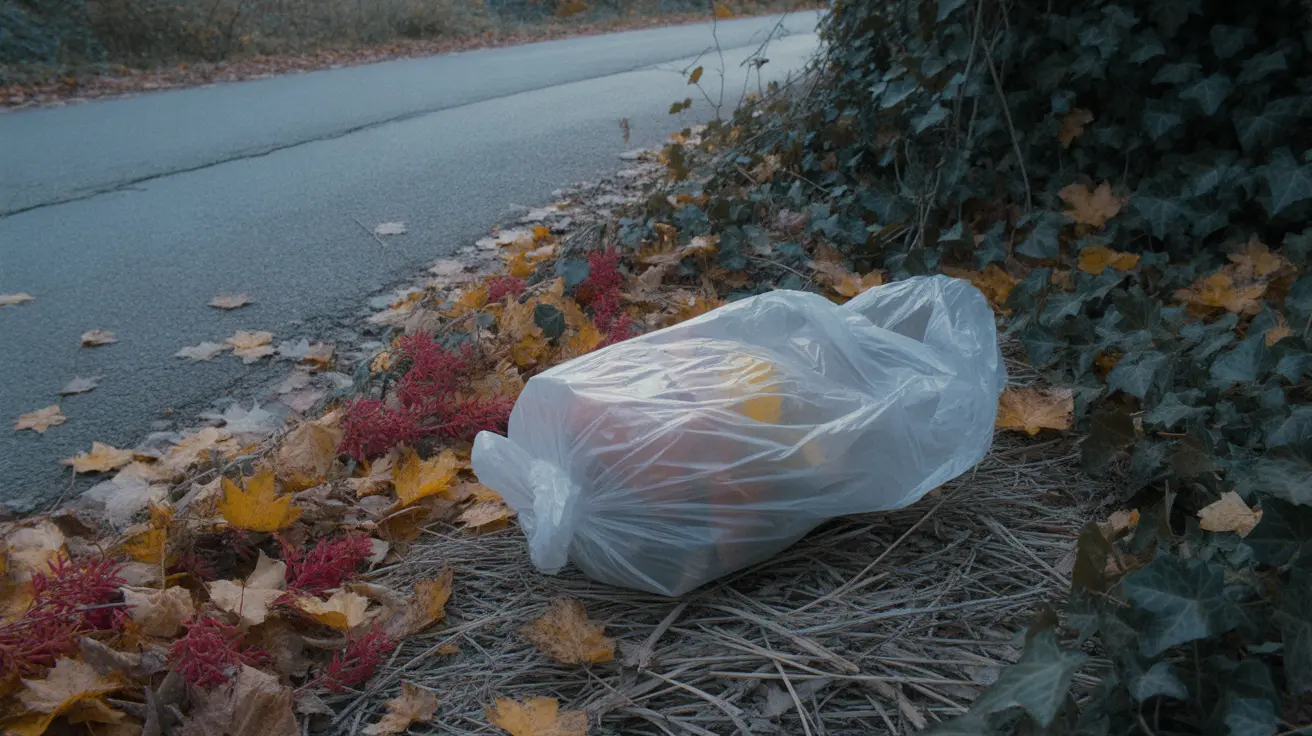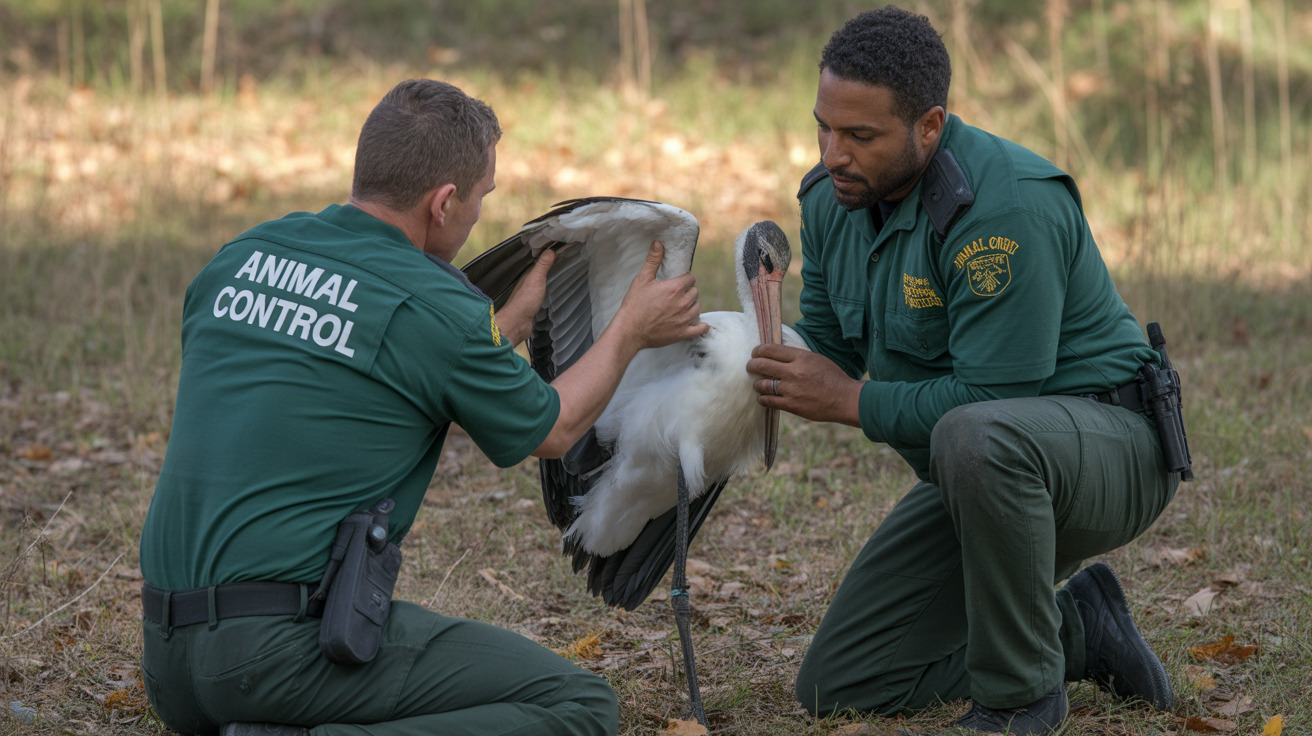The critical recovery efforts for North America's most endangered mammal face a serious setback as the federal government shutdown threatens to disrupt essential conservation work for black-footed ferrets. These rare creatures, once thought extinct, now face new challenges as conservation programs hang in the balance.
The shutdown poses a significant risk to ongoing recovery initiatives, potentially impacting crucial activities like captive breeding programs, disease management, and habitat preservation efforts. For a species with only a few hundred individuals remaining in the wild, any disruption to their conservation could have devastating consequences.
Impact on Conservation Efforts
The government shutdown's impact on wildlife conservation is particularly severe for black-footed ferrets, as federal funding supports vital programs that keep this species from extinction. These programs include breeding facilities, vaccination efforts, and monitoring of wild populations across reintroduction sites.
Prairie Dogs and Ferret Conservation
One of the most crucial aspects of black-footed ferret recovery is the maintenance of healthy prairie dog populations. Prairie dogs serve as both prey and habitat providers for ferrets, making their conservation inseparable from ferret survival. The shutdown threatens monitoring and protection efforts for both species.
Sylvatic Plague Management
Disease management represents another critical component of ferret conservation that faces disruption. Sylvatic plague in ferrets and prairie dogs requires constant vigilance and preventive measures, including regular vaccination programs and flea control efforts. Without these interventions, both species become more vulnerable to disease outbreaks.
Conservation Challenges
Genetic Diversity Concerns
The entire existing population of black-footed ferrets descends from just a handful of individuals discovered in 1981. This limited genetic pool makes maintaining diversity through careful breeding programs essential for the species' long-term survival. Any interruption to these programs could have lasting effects on the population's viability.
Habitat Protection
Black-footed ferret habitat loss continues to pose a significant threat to the species' recovery. The shutdown may pause crucial habitat management activities and delay new reintroduction site evaluations, potentially setting back years of progress in establishing sustainable populations.
Looking Forward
The ferret recovery program has made significant strides in bringing this species back from the brink of extinction. However, the current situation highlights the vulnerability of conservation efforts to political and funding disruptions. Continued support for endangered species act funding remains crucial for the survival of not just ferrets, but numerous other threatened species.
Frequently Asked Questions
How does a government shutdown affect endangered black-footed ferrets and their recovery efforts?
A federal shutdown halts critical conservation work, delaying releases of captive-bred ferrets, interrupting plague vaccination and flea control programs, and increasing the risk of extinction for this already rare species.
What are the main threats to black-footed ferret survival in the wild?
The biggest threats include sylvatic plague (a disease deadly to both ferrets and their prairie dog prey), habitat loss due to prairie dog control, and genetic bottlenecks from a small founder population.
How many black-footed ferrets are left in the wild, and where can they be found?
Only about 300–400 black-footed ferrets remain in the wild, all descended from a few individuals rediscovered in Wyoming in 1981; they are reintroduced in select grassland areas across the Great Plains.
The preservation of black-footed ferrets represents one of North America's most challenging and important conservation stories. While the current shutdown threatens to impede progress, the dedication of conservation professionals and supporters continues to offer hope for this remarkable species' survival. The situation serves as a reminder of how vital consistent support and funding are for protecting our most endangered wildlife.





